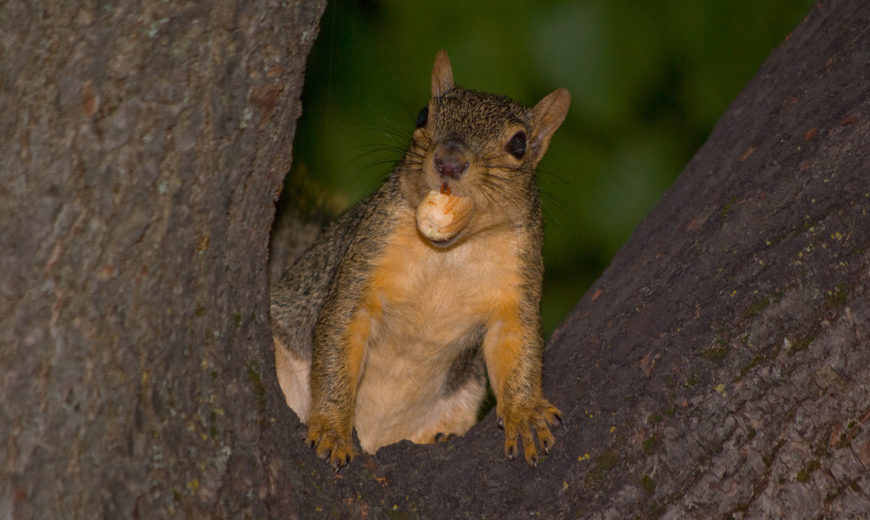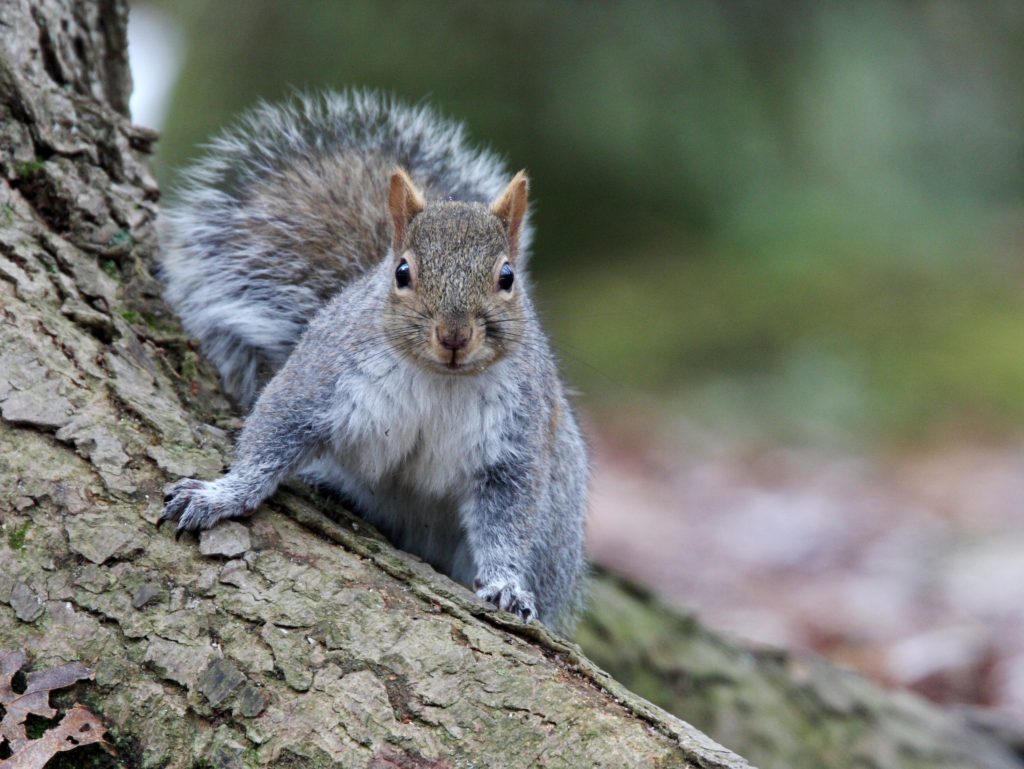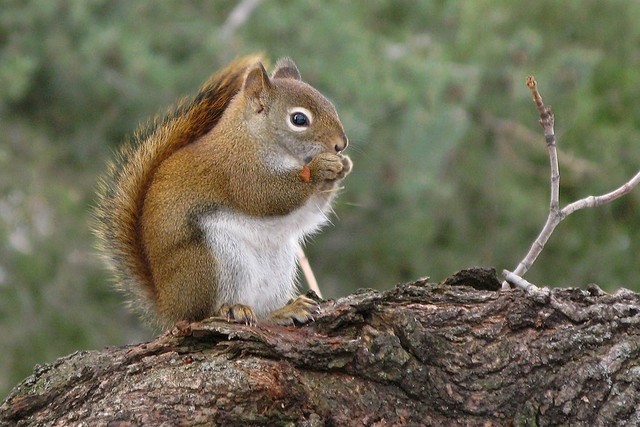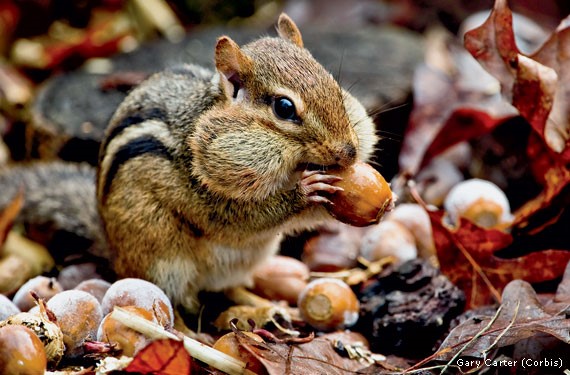Winter is Coming: The Squirrels are Ready

As Burlingtonians start wearing layers and preparing for the snow to come — our loyal friends, the native squirrels, are also prepping for the cold weather. October and November are a squirrel’s busiest months. They are insulating their nests and gathering food for the long winter.
The diet of squirrels goes beyond the obvious acorns, they also eat seeds, berries, leaves, buds, mushrooms, acorns, flowers, fruits, fungi, lichen, sap, carrion, insects and sometimes even bird eggs. Different species of squirrels have their own specialty when it comes to food gathering and storage.

Everyone can see the Gray Squirrel scurrying along the sidewalks of Burlington. Gray squirrels winter diet mostly consists of nuts. They are known to climb up branches of oak trees and snip off the ends of skinny branches to collect clusters of acorns. They then bury the acorns within a one acre barrier of their winter nests, and will use their sense of smell later in the winter to locate the nut again.

Unlike the Gray squirrel, the Red Squirrel’s winter diet mostly consists of seeds. They will create mounds of fresh cones, covered in cone cores and bracts, called ‘middens’. The insulation of the outer layer of cores and bracts keep the fresh cones from opening and releasing seed. Red squirrels have even been known to bite maple saplings to eat the sugary sap inside.

They Flying Squirrel is harder to spot, as it is nocturnal and does all of its winter preparations at night. The flying squirrel’s winter diet includes lichen and fungi, which is not common to other squirrel species. To survive the winter, flying squirrels often make homes in holes made by woodpeckers or chickadees. Of course, they have to gnaw at the edges to make the whole large enough for them to enter and exit through.

Chipmunks get their adorable reputation in part because of their large cheek pouches that they use while gathering food for the winter. Unlike other squirrels, chipmunks store winter supplies in their underground boroughs in large caches. This prevents them from needing to leave their boroughs during winter to re-collect what they had stored.
It is almost time for our furry friends to spend the winter cozy in their nests! Make sure to take advantage of watching their busiest time and admiring their unique skills.
Written by: Eliza Daeschler, UVM student participating in our Naturalist Program
- Source: Alicia Daniels
- Feature image: Flickr/Jasper Nance
